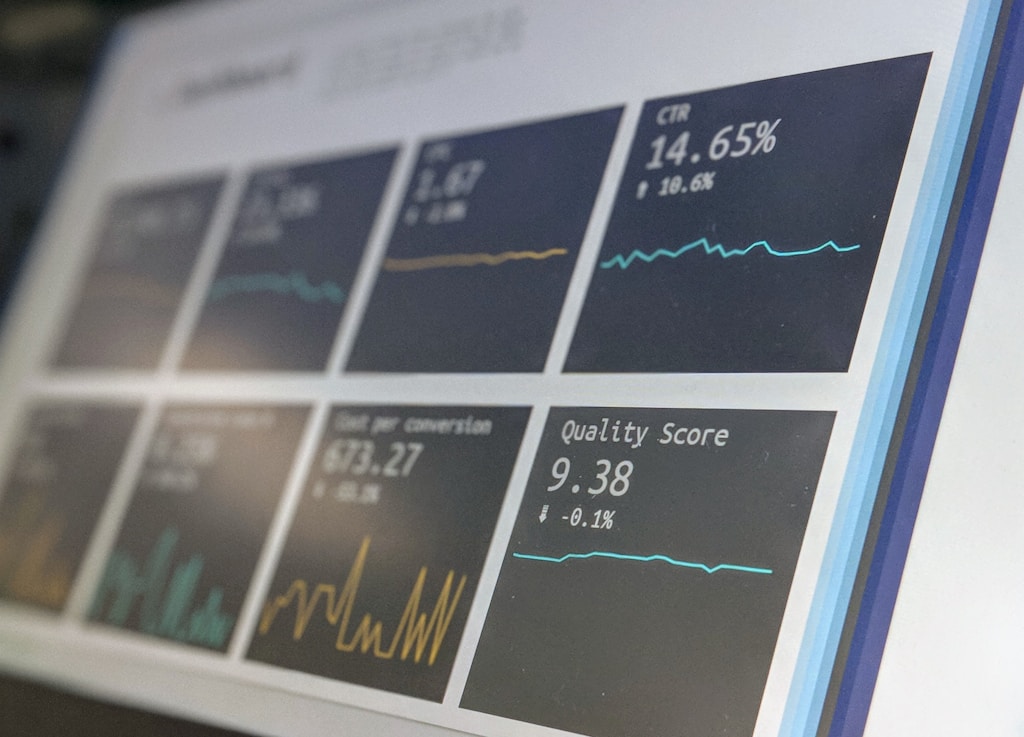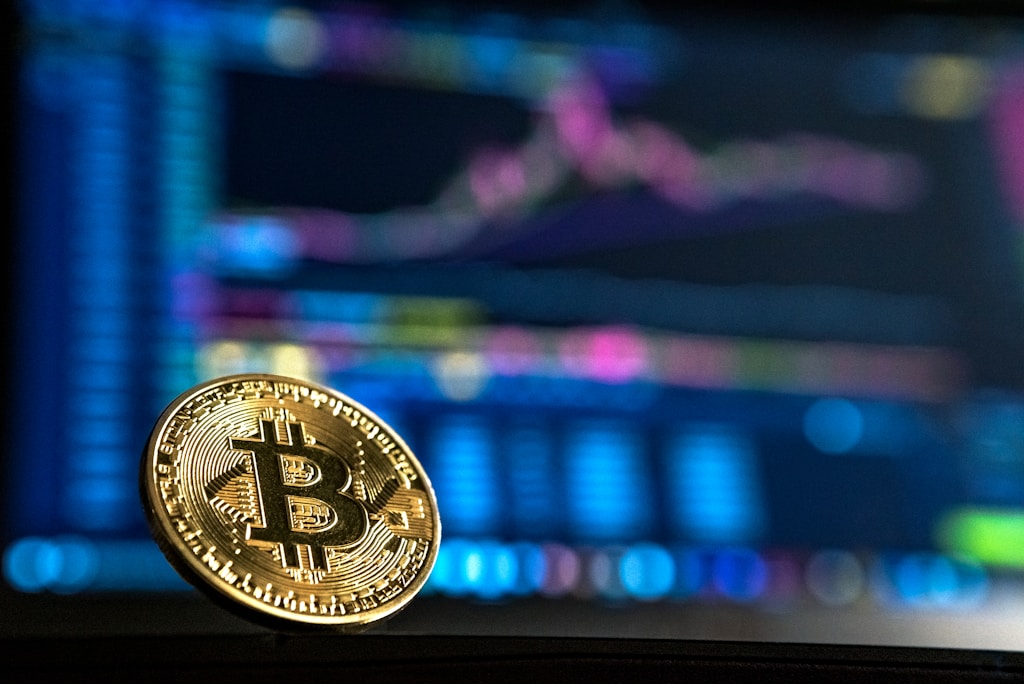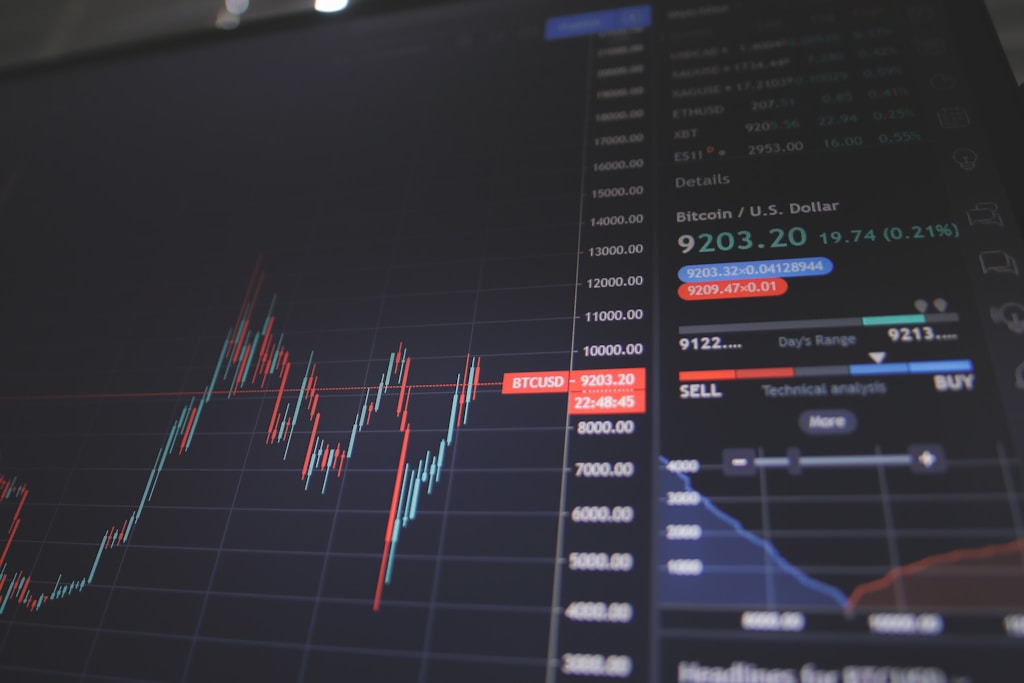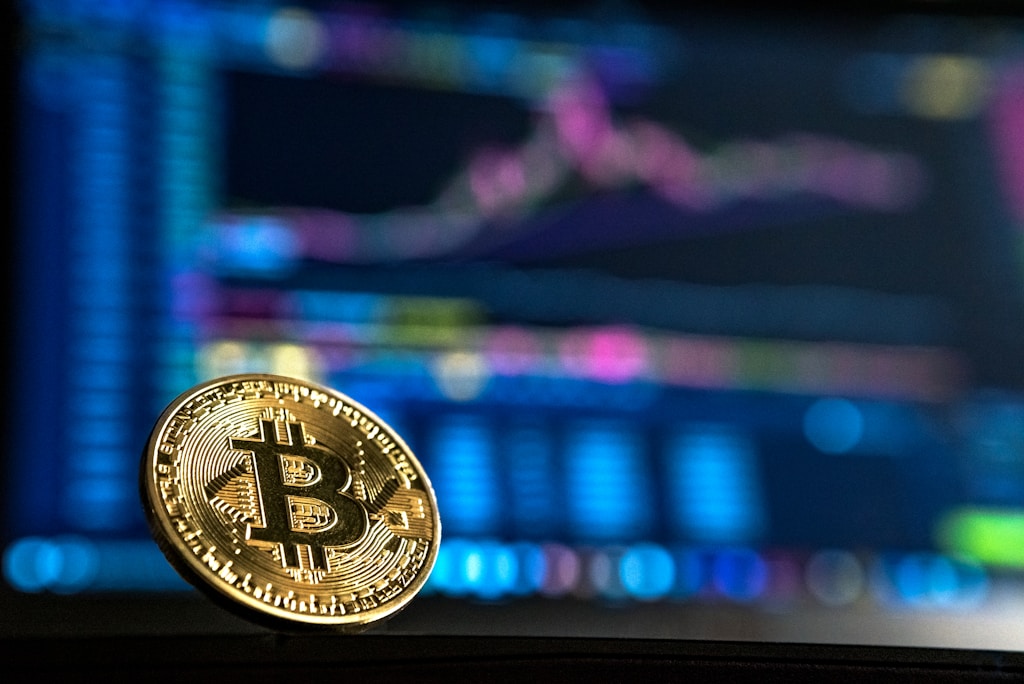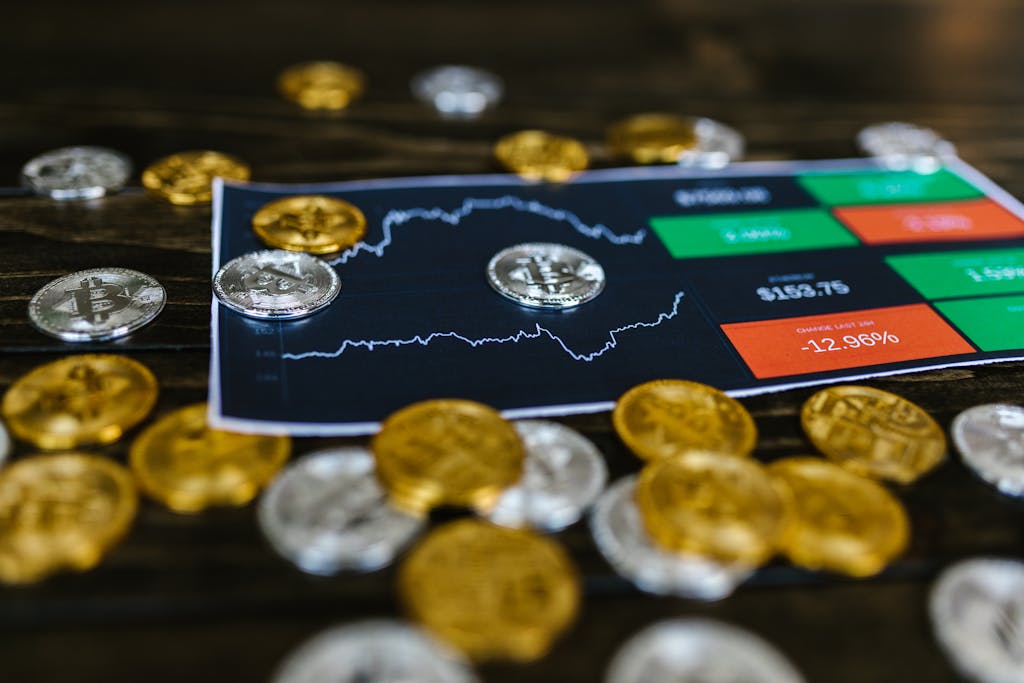Russia has taken a significant step in cryptocurrency market regulation by authorizing derivative trading for qualified investors, marking a cautious but notable shift in the country’s approach to digital assets. This development aligns with broader regulatory changes happening globally, though with distinctly Russian characteristics.
Key Points of Russia’s Crypto Derivatives Framework
- Limited to qualified investors meeting strict criteria
- Non-deliverable derivatives only – no physical crypto settlements
- Mandatory full collateralization requirements
- Individual exposure limits for risk management
Regulatory Safeguards and Risk Management
The Bank of Russia’s framework emphasizes robust risk management, requiring financial institutions to implement comprehensive safeguards including:
- Full capital collateralization
- Strict exposure limits
- Enhanced monitoring systems
- Regular risk assessment protocols
SPONSORED
Trade crypto derivatives with up to 100x leverage on perpetual contracts
Future Implementation Timeline
The Bank of Russia’s roadmap includes:
- Formal regulatory framework development (2025)
- Institutional guidelines establishment
- Investor protection mechanisms
- Market monitoring protocols
FAQ Section
Who qualifies as an eligible investor?
Qualified investors must meet specific net worth thresholds or hold professional certifications as defined by Russian financial regulations.
What types of derivatives will be available?
Only non-deliverable derivatives linked to cryptocurrency prices will be permitted, with no physical settlement in digital assets.
When will trading begin?
The regulatory framework is expected to be fully implemented throughout 2025, with trading to commence after necessary infrastructure is in place.
This development represents a carefully measured approach to crypto market integration, reflecting Russia’s broader strategy of controlled experimentation in the digital asset space.
